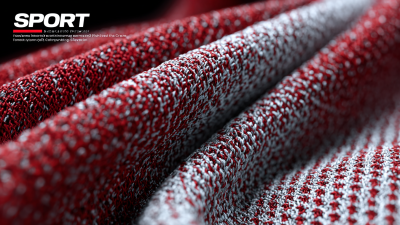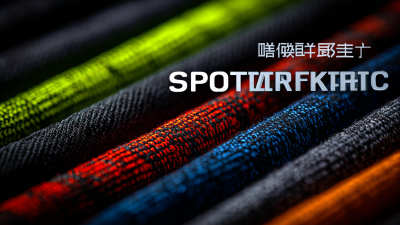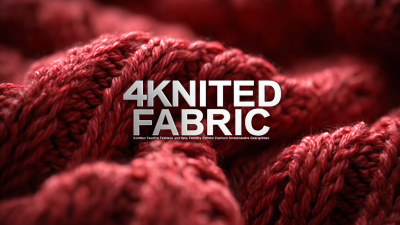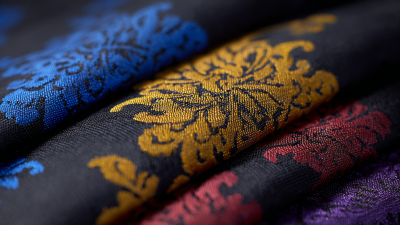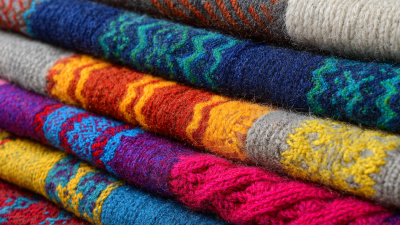In recent years, the textile industry has witnessed a significant rise in the popularity of Thin Knitted Jacquard Fabric, thanks to its versatility and aesthetic appeal. According to a report by the Global Textiles Trends Group, demand for jacquard fabrics has increased by 15% annually, driven by their innovative designs and lightweight properties that enhance comfort and style. By utilizing advanced knitting technologies, manufacturers can create intricate patterns while maintaining breathability and durability. This fabric type not only meets the contemporary fashion market's needs but also aligns with sustainability efforts, as many brands are now opting for eco-friendly materials in their collections. Understanding the top secrets of Thin Knitted Jacquard Fabric equips designers, consumers, and industry professionals with the insights necessary to leverage its potential in various applications, from high-end clothing to functional activewear.
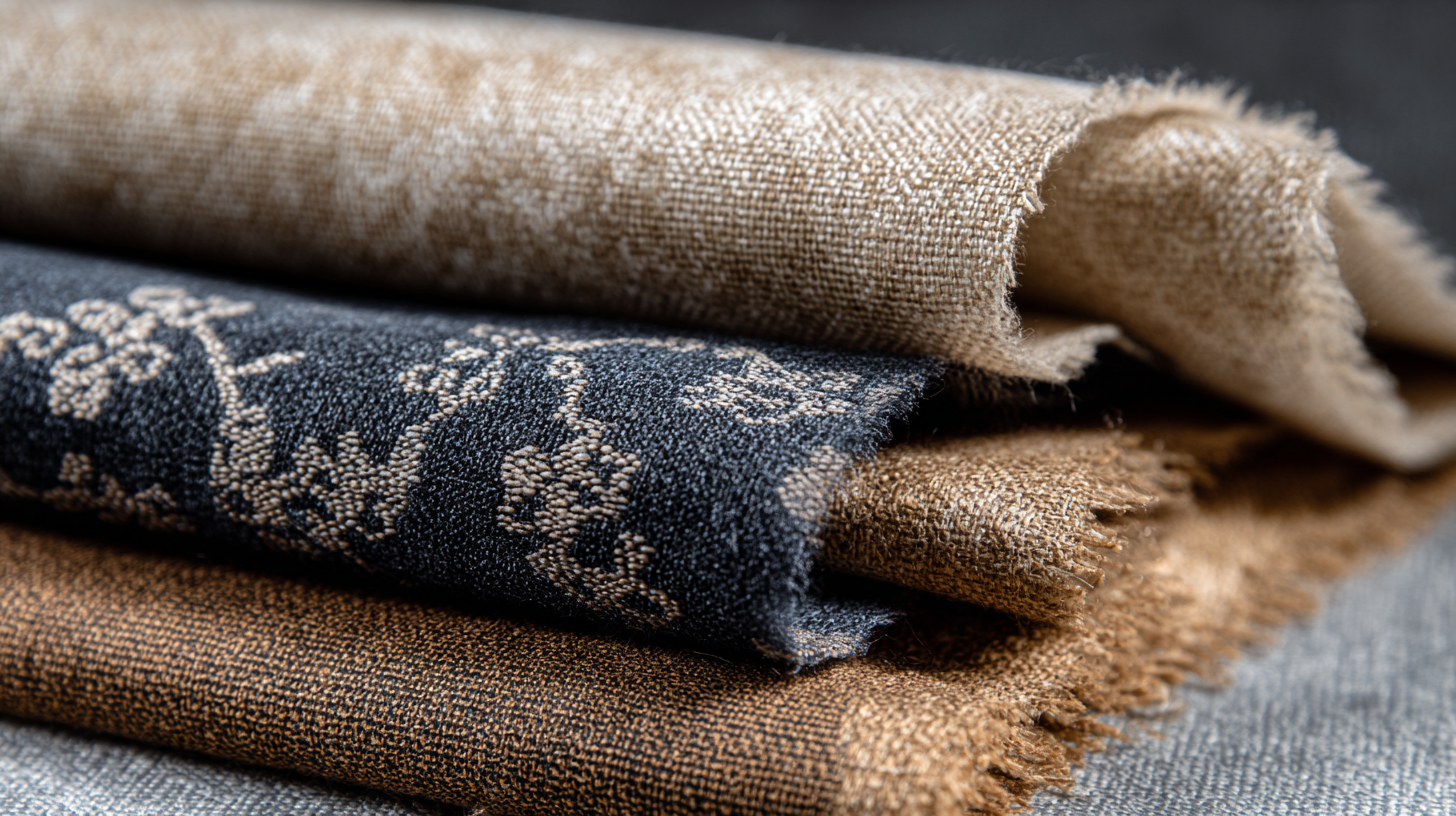
Thin knitted jacquard fabric is renowned for its intricate patterns and versatility, making it an invaluable asset across various industries. One of its most significant properties is its lightweight nature, combined with the structural integrity derived from its knitted construction. This allows the fabric to be used in fashion apparel where draping and movement are essential, providing a comfortable fit without sacrificing style. The flexibility of the material also means it can easily adapt to the demands of different designs, which is crucial for designers seeking innovation.
Another unique property of thin knitted jacquard fabric is its ability to showcase detailed patterns through advanced knitting techniques. This feature not only enhances aesthetic appeal but also makes it suitable for application in home textiles, like curtains and upholstery. Moreover, the fabric can be engineered for specific functions, such as moisture-wicking or stretchability, catering to activewear and sports applications. Understanding these unique characteristics enables manufacturers and designers to harness the full potential of thin knitted jacquard fabric in their products, leading to enhanced performance and consumer satisfaction.
| Property | Description | Industry Application |
|---|---|---|
| Lightweight | Thin knitted jacquard fabric is very lightweight, making it perfect for layering and comfortable wear. | Fashion and Apparel |
| Breathability | Offers excellent breathability, allowing for moisture wicking and better temperature control. | Sportswear and Activewear |
| Durability | Despite its thinness, the fabric is surprisingly durable and resist wear and tear effectively. | Home Textiles and Upholstery |
| Design Flexibility | Allows for intricate patterns and designs due to its versatile knitting technique. | Fashion Design and Custom Apparel |
| Eco-Friendliness | Many thin knitted jacquard fabrics are produced from sustainable materials, appealing to eco-conscious consumers. | Sustainable Fashion |
Thin knitted jacquard fabric has gained popularity for its unique properties compared to traditional fabrics. One of the main distinctions lies in the knitting method. While traditional fabrics are often woven, jacquard fabrics are created using a special loom that allows for complex patterns to be knitted directly into the fabric. According to a 2023 textile industry report by GlobalData, the demand for knitted fabrics is expected to grow by 10% annually, with jacquard being a significant driver due to its versatility in design.
Another key difference is in the fabric's elasticity and drape. Thin knitted jacquard offers a more stretchable quality which provides better comfort and fit, particularly in apparel. This attribute makes it preferable for fashion items that require a tailored look without sacrificing freedom of movement. A survey by Textile World found that nearly 68% of designers favored knitted fabrics for their projects due to these advantages.
**Tips:** When choosing thin knitted jacquard, consider its weight and stretchability to ensure it meets your design needs. Additionally, always check the fabric's care instructions, as some may require special washing conditions to maintain their quality. Lastly, invest in a high-quality jacquard fabric, as it can enhance the longevity of your clothing and overall garment performance.
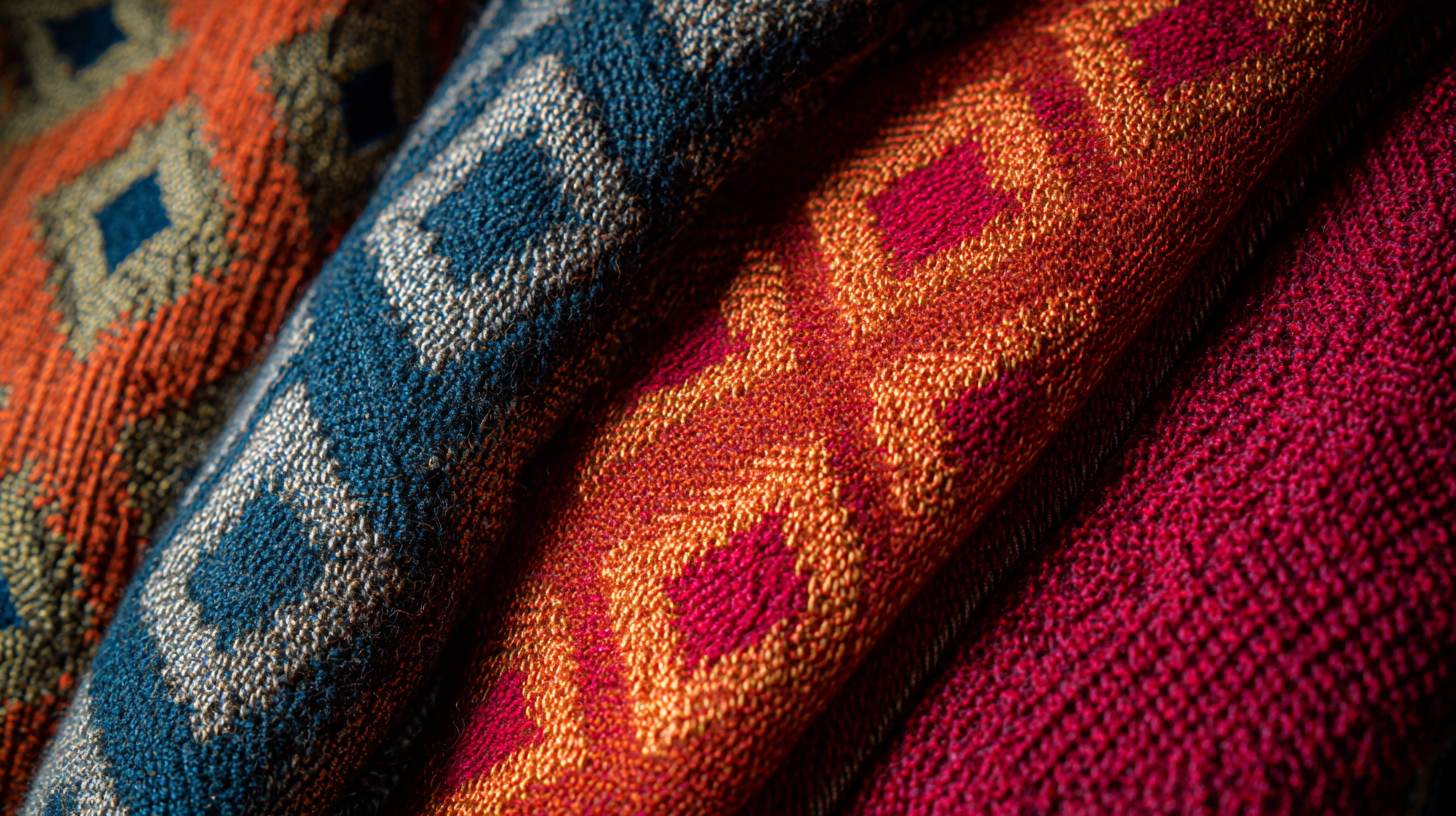
The weight and thickness of fabric play a crucial role in shaping fashion trends, particularly in the context of thin knitted jacquard fabric. As designers push boundaries to create versatile and wearable pieces for different seasons, the fabric's weight becomes a vital consideration. Recent market data indicates a growing preference for lightweight materials that provide comfort while retaining structural integrity. This combination allows designers to explore more intricate patterns and textures, which enhances the aesthetic appeal of their collections.
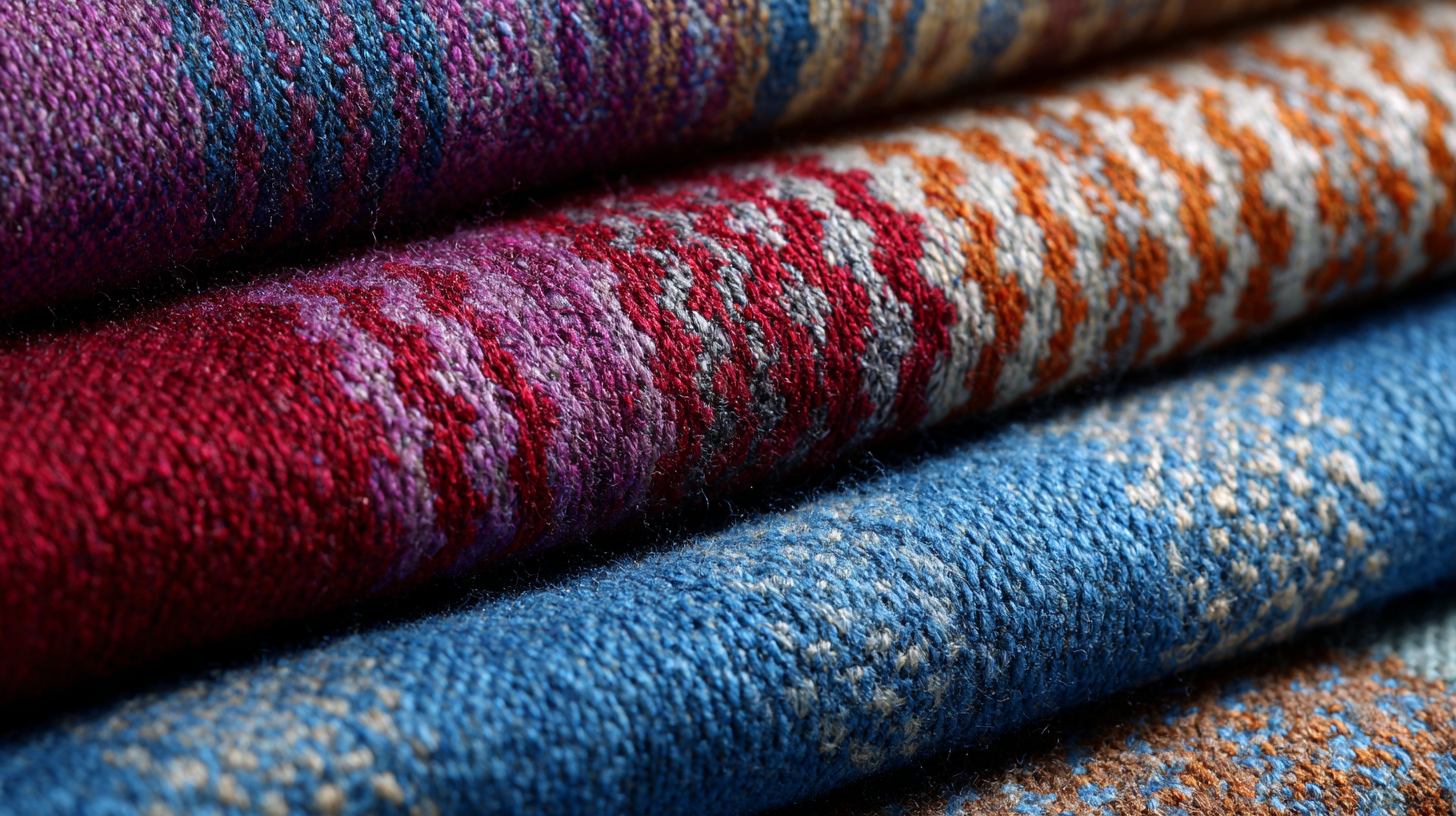
Furthermore, the thickness of knitted jacquard fabric influences not just the drape and overall silhouette of garments, but also their suitability for various styles. Thinner fabrics are often favored in contemporary fashion for their ability to layer seamlessly, providing both flexibility and breathability. In contrast, thicker options are making a resurgence for their warmth and cozy appeal, particularly in cooler seasons. This dynamic has led to a diverse range of offerings in the market, as brands strive to cater to varying consumer preferences while remaining attuned to the essence of modern fashion trends.
Jacquard weaving techniques significantly influence the durability and aesthetics of thin knitted jacquard fabrics. This intricate weaving method allows for the creation of complex patterns, making these fabrics visually appealing. The use of advanced technologies, such as the incorporation of nano-materials in textile finishes, further enhances the performance characteristics of these fabrics. By integrating nanoparticles, manufacturers can improve aspects like waterproofing, stain resistance, and breatheability, thus extending the lifespan of the fabric while maintaining its aesthetic appeal.
Moreover, the evolution of sustainable practices in the textile industry is shaping the future of jacquard fabrics. Innovations like Khadi 2.0 are paving the way for legacy fabrics to embrace modern sustainability without compromising on style. The focus on sustainable applications and techniques not only addresses consumer preferences for eco-friendly materials but also reinforces the importance of durability. By aligning traditional craftsmanship with contemporary aesthetics, the industry is creating fabric solutions that reflect both a commitment to sustainability and the modern consumer's desire for high-quality, durable textiles.
The production of thin knitted jacquard fabrics has increasingly embraced sustainable practices, reflecting a growing industry trend towards eco-friendly manufacturing. According to a recent report by the Textile Exchange, over 50% of global textile manufacturers are now investing in sustainable materials and processes. This shift not only reduces environmental impact but also meets the rising consumer demand for sustainability. The use of organic cotton, recycled polyester, and innovative bio-based fibers in jacquard fabrics is reshaping the market and contributing to a circular economy.
In addition to sustainable materials, innovative technologies are simplifying the production process of thin knitted jacquard fabrics. For instance, advancements in digital knitting technologies allow for a significant reduction in waste, with some reports indicating a decrease of up to 30% in fabric waste compared to traditional methods. The adoption of water-saving dyeing techniques has also shown promising results, with some companies reporting up to 90% less water usage. As these sustainable practices become more prevalent, they not only enhance the environmental credentials of jacquard fabrics but also position brands within a competitive market moving towards greener solutions.
